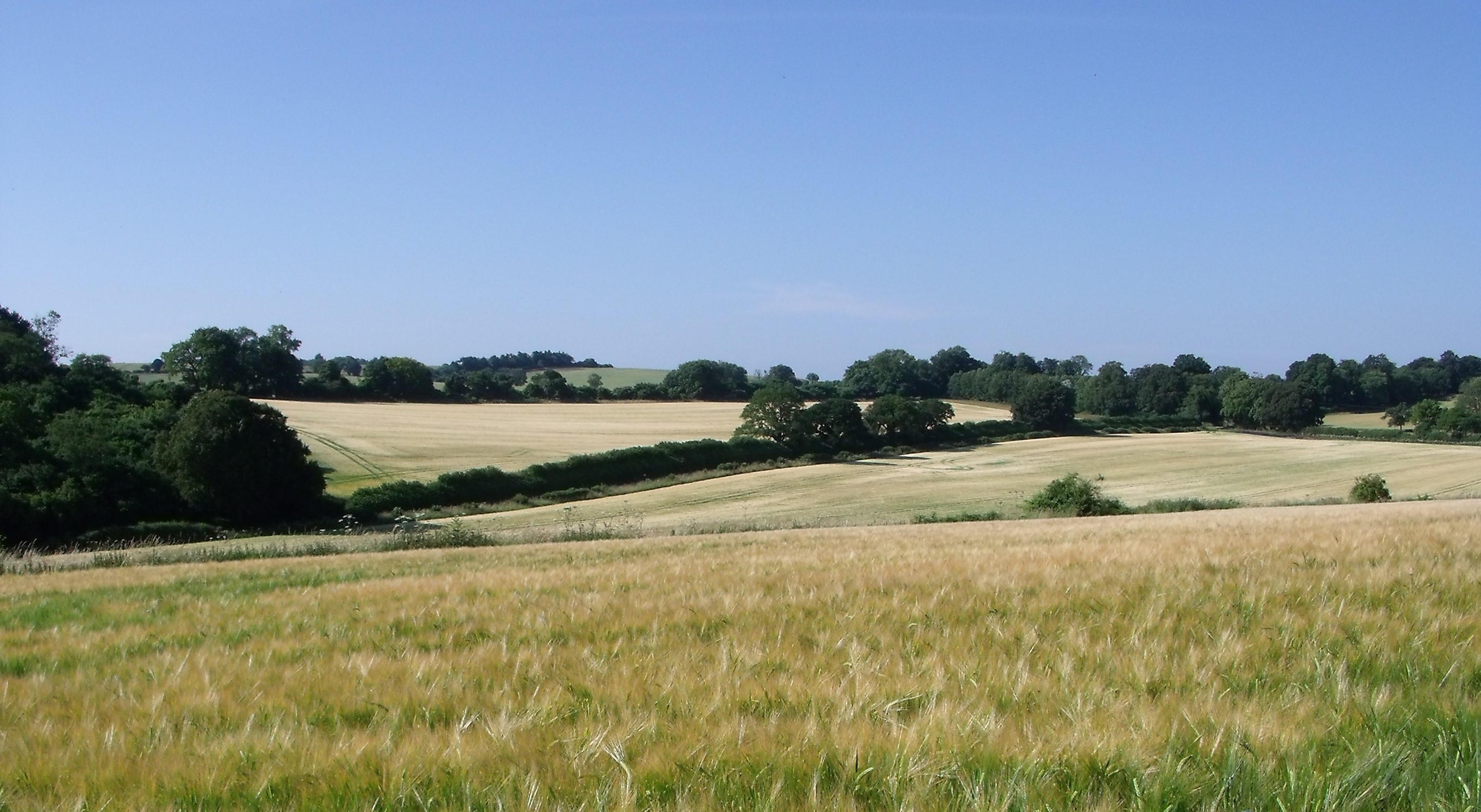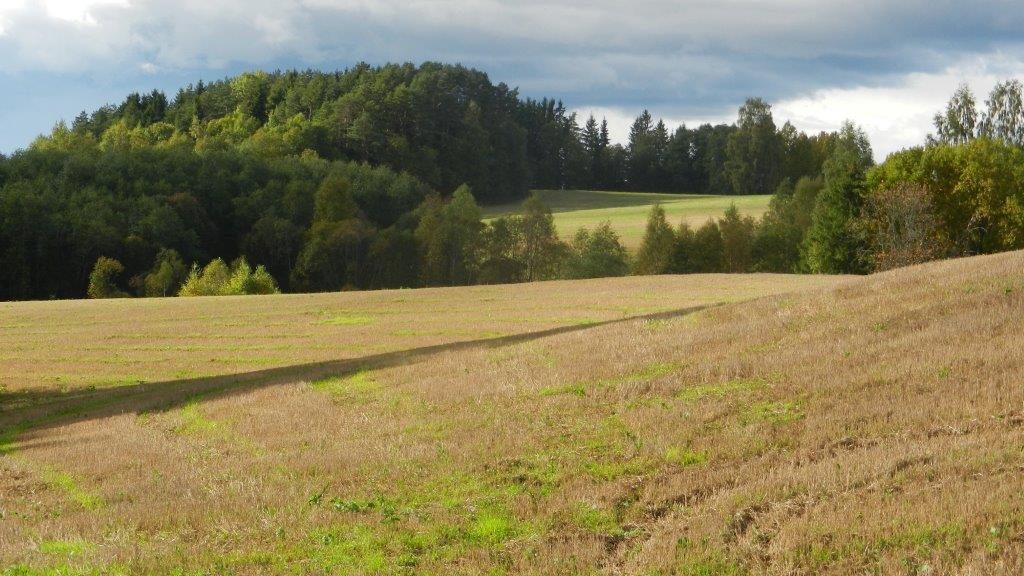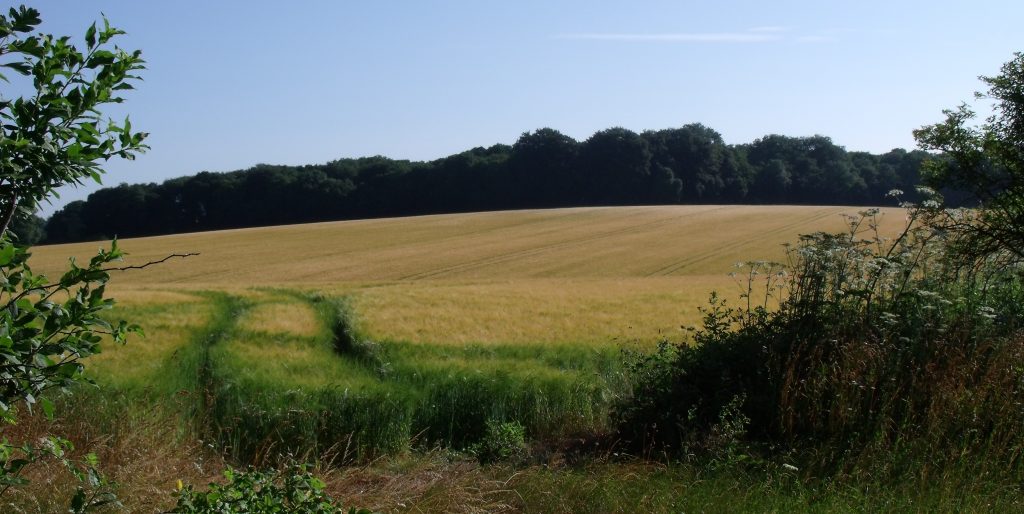QuESSA aimed to quantify the key semi-natural habitats providing essential ecosystem services.
What was it about?
Nature can provide a multitude of hidden benefits to humans, such as control of crop pests by their natural enemies, crop pollination, and prevention of soil erosion that keeps rivers clean.
These are known as ecosystem services and are worth billions of euros every year in each European country. Semi-natural habitats on farmland support these services by providing resources for service providers, such as natural enemies and pollinators. Through their vegetation composition and structure, they also directly support other ecosystem services, shaping our perceptions of landscapes and sequestering carbon.
What were the starting points?
Therefore, QuESSA aimed to quantify the key semi-natural habitats (hereafter SNH) providing these essential ecosystem services (hereafter ES) across a range of economically important cropping systems, farming intensities, and four European agro-climatic zones.
This was achieved by bringing together 14 European research, education, and extension organizations, a European stakeholder advisory board, and 16 local stakeholder groups to contribute to regional case studies. The research was conducted simultaneously in eight European countries (England, the Netherlands, Estonia, Germany, Hungary, Switzerland, Italy, and France) between February 2013 and January 2017.
The contribution of SNHs, such as hedgerows, grass strips, woodland, extensive pasture to key ESs for sustainable agriculture was achieved by first identifying vegetation traits responsible for supporting ecosystem services and making predictions about their value.
What has been achieved?
Actual ES provision was then measured in 16 case studies. The ES investigated focused on control of crop pests by natural enemies, crop pollination, but also included services such as erosion mitigation, soil organic matter accumulation, crop yield, weed control, and landscape aesthetics, whilst also addressing possible disservices. Investigations of private and public economic benefits and non-monetary value of selected ES were also conducted.
Data have been used to develop mathematical models for mapping ecosystem services at multiple levels of scale: from farm to the whole EU. Models have also been used to explore synergies and trade-offs among ES by SNH from habitat to landscape scale and identify unused opportunities to better exploit ES.
The research was targeted at the requirements of local and national stakeholders and provided valuable outputs that can be used to improve ES provision from SNH. Practical guidelines and policy recommendations have also been produced.



